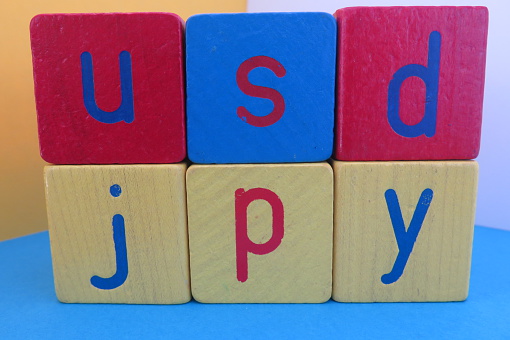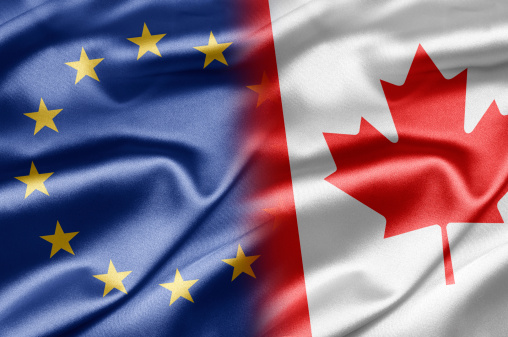-
Eurozone Harmonized Index of Consumer Prices (YoY) meets forecasts (2.2%) in September
-
Eurozone September final CPI +2.2% vs +2.2% y/y prelim
- Prior +2.0%
- Core CPI +2.4% vs +2.3% y/y prelim
- Prior +2.3%
The final revision sees core annual inflation tick a little higher in September. Once again, this just reaffirms the current stance by the ECB to keep policy on hold through to year-end at least.
This article was written by Justin Low at investinglive.com.
-
Eurozone Harmonized Index of Consumer Prices (MoM) meets forecasts (0.1%) in September
Eurozone Harmonized Index of Consumer Prices (MoM) meets forecasts (0.1%) in September -
Yen Nears End of Corrective Phase
Market sentiment remains highly sensitive to rhetoric from the Federal Reserve and statements from the White House. This is particularly true given the protracted government shutdown and the resurgence of trade disputes with several Asian partners. While heightened geopolitical tensions in the region are bolstering demand for the yen as a safe-haven asset, the broader […]
The post Yen Nears End of Corrective Phase appeared first on Action Forex.
-
Trump puts Russia on notice over Ukraine as two leaders prepare to meet
After pushing for a ceasefire deal between Israel and Hamas, U.S. President Donald Trump is now turning his sights on ending the war in Ukraine. -
EUR/CAD Hits 16-Year High
Charts show that the euro strengthened against the Canadian dollar on Thursday, with the pair climbing above 1.6460 for the first time since spring 2009, when the world was still reeling from the global financial crisis. The current weakness of the Canadian dollar is being influenced by several factors: → Trade relations with the United […]
The post EUR/CAD Hits 16-Year High appeared first on Action Forex.
-
AUD/USD tumbles to near 0.6450 amid US-China trade frictions
The AUD/USD pair trades 0.5% down to near 0.6450 during the European trading session on Friday. The Aussie pair faces intense selling pressure as the Australian Dollar (AUD) underperforms its peers amid growing trade frictions between the United States (US) and China. -
Chinese robotaxi company Pony.ai to work with Stellantis on Europe expansion
The companies plan to start robotaxi tests in Luxembourg in the coming months, before expanding to other parts of Europe next year. -
Gold eases from record high as bulls pause for a breather; downside seems limited
Gold (XAU/USD) steadies following good two-way price swings on Friday and trades just below the $4,350 level during the first half of the European session. -
USD/CHF hits fresh monthly lows sub-0.7900 amid the risk-off mood
The US Dollar keeps heading south against a firmer Swiss Franc amid the risk-off market mood.
End of content
End of content


